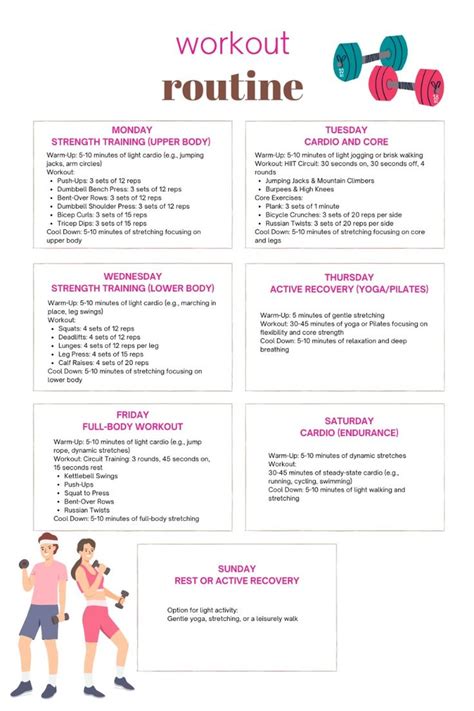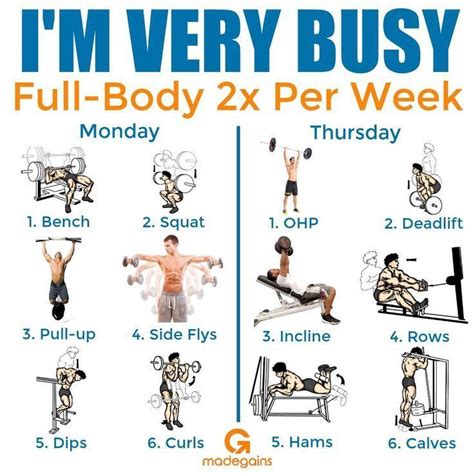How to break through strength plateaus for peak muscle gain & performance?

Every dedicated lifter eventually faces it: the dreaded strength plateau. You’re pushing hard, following your routine, but the weights just aren’t moving up anymore. This common roadblock can be frustrating, but it’s also a sign that your body has adapted and is ready for a new challenge. Breaking through these plateaus isn’t just about lifting heavier; it’s about smart strategy, calculated adjustments, and a holistic approach to training and recovery.
Understanding Strength Plateaus: Why They Happen
Plateaus typically occur because your body has adapted to the current stimulus. What once challenged your muscles no longer does, and without a new stressor, growth and strength gains halt. Common culprits include:
- Lack of Progressive Overload: Not consistently increasing the demand on your muscles.
- Overtraining: Insufficient recovery leads to diminished performance.
- Monotony: Doing the same exercises, sets, and reps for too long.
- Nutritional Deficiencies: Not consuming enough calories or the right macros to fuel recovery and growth.
- Poor Sleep/Recovery: Muscle repair and hormone production are compromised.

Strategic Training Adjustments to Ignite Progress
To overcome a plateau, you need to trick your body into adapting again. Here’s how to introduce new stimuli:
Re-evaluate Progressive Overload
Progressive overload isn’t solely about adding weight. Consider these variations:
- Increase Reps or Sets: If you’re stuck at 3 sets of 5, try 3 sets of 6 or 4 sets of 5.
- Decrease Rest Time: Shorter rest periods increase metabolic stress, a potent growth stimulus.
- Improve Technique: Flawless form allows for better muscle activation and often leads to the ability to lift more effectively.
- Increase Time Under Tension (TUT): Slow down the eccentric (lowering) phase of your lifts to keep muscles working longer.
- Increase Frequency: If you only train a muscle group once a week, try twice a week.
Implement Periodization and Deloads
Varying your training intensity and volume over time (periodization) prevents stagnation. A common approach is:
- Accumulation Phase: Higher volume, moderate intensity.
- Intensification Phase: Lower volume, higher intensity.
- Deload Phase: A week of significantly reduced volume and intensity to allow for full recovery and supercompensation. This is crucial for breaking plateaus.

Incorporate Advanced Training Techniques
Once you have a solid foundation, these can provide an extra push:
- Drop Sets: Perform a set to failure, immediately drop the weight, and continue for more reps.
- Supersets/Giant Sets: Perform two or more exercises back-to-back with minimal rest.
- Partial Reps/Holds: Work specific sticking points, or hold a weight in a challenging position.
- Negatives: Focus only on the eccentric phase of a lift with a heavier-than-normal weight (with a spotter).
Beyond the Gym: Fueling Growth and Recovery
Your performance in the gym is only as good as your recovery outside of it.
Optimize Your Nutrition
Muscles need fuel to grow and repair. Ensure you’re:
- Consuming Sufficient Calories: A slight caloric surplus is often necessary for building strength and muscle, especially when trying to break a plateau.
- Prioritizing Protein: Aim for 1.6-2.2 grams of protein per kg of body weight daily to support muscle repair.
- Adequate Carbohydrates: Carbs fuel your workouts and replenish glycogen stores, critical for energy and recovery.
- Healthy Fats: Essential for hormone production and overall health.

Prioritize Sleep and Recovery
This is arguably the most overlooked aspect of progress:
- Aim for 7-9 Hours of Quality Sleep: Most muscle repair and growth hormones are released during deep sleep.
- Manage Stress: Chronic stress elevates cortisol, which can hinder muscle growth and recovery.
- Active Recovery: Light cardio, stretching, foam rolling, or massage can improve blood flow and reduce muscle soreness.

Mindset, Consistency, and Tracking
Breaking plateaus requires mental fortitude and meticulous tracking.
- Track Everything: Log your workouts, including sets, reps, weight, and even how you felt. This allows you to identify patterns and make data-driven adjustments.
- Set New, Realistic Goals: Instead of just “lift more,” aim for “add 2.5kg to my squat in 4 weeks” or “increase my bench press by 1 rep at 80kg.”
- Be Patient and Persistent: Plateaus are normal. The key is to analyze, adjust, and continue to apply consistent effort.

Conclusion
Strength plateaus are an inevitable part of the fitness journey, but they don’t have to be permanent roadblocks. By strategically manipulating your training variables, optimizing your nutrition, prioritizing recovery, and maintaining a positive, analytical mindset, you can effectively break through these barriers. Embrace the challenge, stay consistent, and watch your muscle gain and performance reach new peaks.





